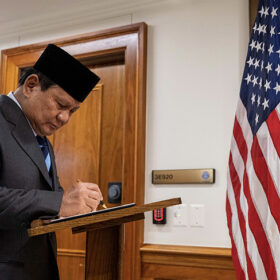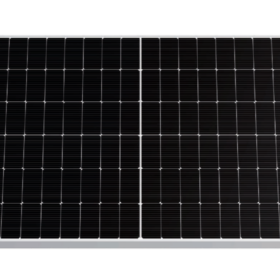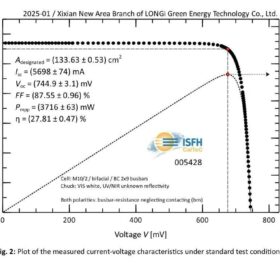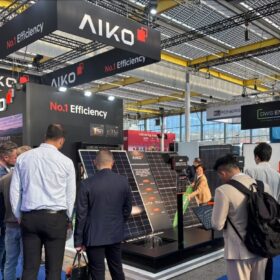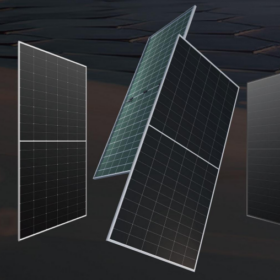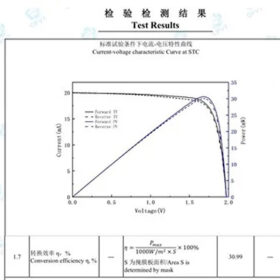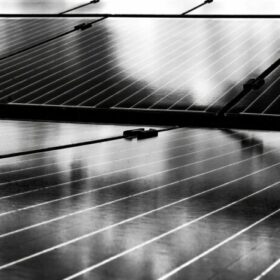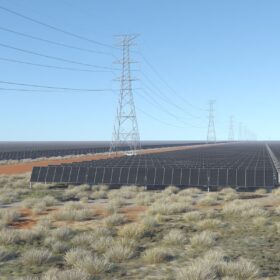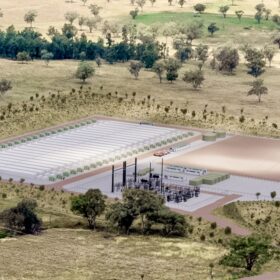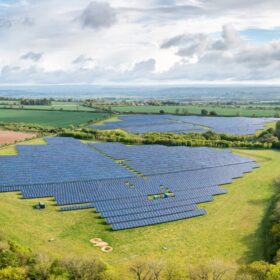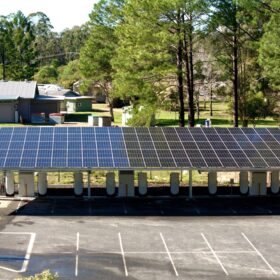Indonesia sending mixed messages about renewables
Indonesia has the resources to quickly increase the share of renewables in its power mix, including abundant solar, geothermal and pumped storage potential to help stabilize the grid. The government has introduced policies to attract foreign investment, including through the Just Energy Transition Partnership, but it is still sending mixed signals about phasing out coal in favor of renewables.
Gautam Solar presents 23.69%-efficient 640 W TOPCon solar module
The Indian manufacturer said its new TOPCon solar panel is based on rectangular bifacial solar cells and is certified by the Bureau of Indian Standards.
Sungrow launches fully integrated C&I battery
With a fully integrated power conversion system, battery management system, and energy management system, PowerStack 255CS aims to streamline energy storage operations while reducing installation complexity.
Longi claims world’s highest efficiency for silicon solar cells
Longi said it has achieved a 27.81% efficiency rating for a hybrid interdigitated back contact, a result confirmed by Germany’s Institute for Solar Energy Research Hamelin.
Jinko unveils 6.25 MWh battery
The Chinese manufacturer has unveiled its latest utility-scale battery energy storage system and announced that global deliveries will begin in the fourth quarter of 2025.
Jinko and Trina Vietnam manufacturing exports attract new US tariffs
The U.S. Department of Commerce dramatically increased tariffs on imports from Chinese solar producers operating in Vietnam after the agency concluded that China is subsidizing raw materials for its companies to use in their Vietnamese factories.
Aiko launches 500 W C&I back-contact solar module with 25% efficiency
The Chinese manufacturer launched its new Infinite panel featuring its proprietary all-back contact cell technology. The module measures 1,762 mm x 1,134 mm x 30 mm and has a temperature coefficient of -0.26%/C.
Longi unveils anti-dust back contact solar module with 24.8% efficiency
Longi has released a back-contact solar module with 24.8% efficiency, featuring a power output of up to 670 W and a temperature coefficient of -0.26% per degree Celsius.
Risen claims 30.99% efficiency for perovskite-silicon tandem solar cell
The result was confirmed by China’s National Solar Photovoltaic Product Quality Supervision and Inspection Center. The tandem device is relying on a bottom cell based on a heterojunction design.
Tongwei drops plan to acquire Runergy
Chinese PV company Tongwei originally intended to invest CNY 5 billion ($1.8 billion) to buy a 51% stake in Runergy.
